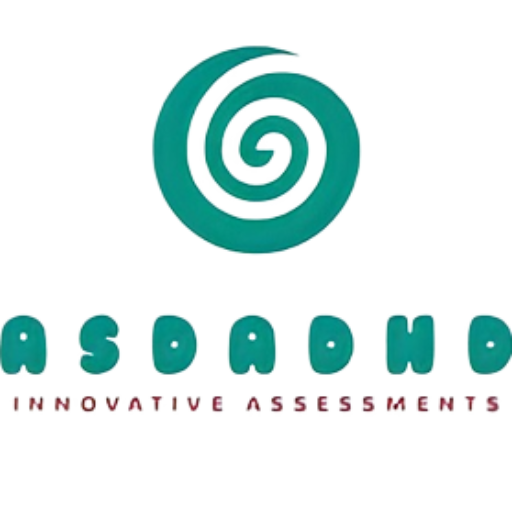14 Jul, 2023 | anishdr | No Comments
6 Ways to Improve Communication with Kids with ADHD
Effective communication plays a crucial role in supporting children with Attention Deficit Hyperactivity Disorder (ADHD), particularly those with sensory challenges. While finding the right approach may require trial and error, it is worth persevering as it can make the toughest days easier and create a calmer family environment. This article will explore six tips to enhance communication between parents and children with ADHD.
Observe When Your Child Is Paying Attention
Children with ADHD may not always make eye contact, but it doesn’t mean they aren’t listening. Their minds operate at a fast pace, and they may fidget with objects while absorbing information. As a parent, it’s essential to carefully observe your child’s cues. Take time to identify patterns in their behavior, distinguishing between moments when they are not listening and moments when they are. Remember that children with ADHD can tire quickly, so allow them time to rest before expecting them to engage in important conversations.
Provide Short and Simple Directions
Children with ADHD can easily become overwhelmed by information. When giving instructions, break them down into step-by-step guidance. Instead of presenting all the steps at once, provide one or two simple instructions before moving on. To ensure understanding, ask your child to repeat the information back to you or to someone else. This reinforces their comprehension at a deeper level. Younger children might enjoy repeating directions to a favorite toy.
Establish Communication Strategies
Invest time in developing creative ways to communicate with your child. Visual and audio cues can be effective tools for conveying your expectations. For example, you can use picture cards to show what you want your child to do next, such as pictures of clothes, a toothbrush, or shoes. At bedtime, you can provide a stuffed animal they like or read them a story in a dimly lit room. These routines help children with ADHD associate events with specific images and objects. Remember that each child is unique, so not all strategies will work indefinitely.
Use Visual Aids
Visual aids are often highly effective for children with ADHD. Instead of simply telling them it’s bedtime, create a visually engaging experience. Design a poster with a series of pictures illustrating the bedtime routine steps. Create a visual timetable showing how your child will spend their day. Children with ADHD are often creative and may enjoy making their own visual aids. Incorporating their drawings or photos into the visual aids can make them even more meaningful.
Maintain a Soft and Calm Tone
While it’s easier said than done, it’s crucial to remain calm and composed during communication with your child. Becoming agitated can inadvertently stimulate your child, especially if they are already upset. Speak softly and stay as calm as possible, even during tantrums. Step away from any flying objects and engage in a quiet, interesting activity that may capture their attention. Your calm demeanor will influence your child and help them feel reassured that you are not angry with them.
Practice Mindful Meditation
Mindfulness is a recognized treatment for ADHD symptoms, helping calm racing thoughts and bring focus to the present moment. Mindfulness exercises can be simple, such as deep breathing for a few minutes. Adults can learn these techniques alongside their child or teach them independently. When children with ADHD practice mindfulness, it becomes easier for adults to communicate effectively with them. Consider exploring an online Essential Mindfulness Course or similar resources to learn more about mindfulness techniques.
While professional treatment is essential for children with ADHD, connecting with other parents who understand your experiences can provide valuable support. Seek out local and online communities where you can share personal experiences and seek advice. Remember, being a parent to a child with ADHD can be challenging, but you don’t have to face it alone.

Write Reviews
Leave a Comment
No Comments & Reviews